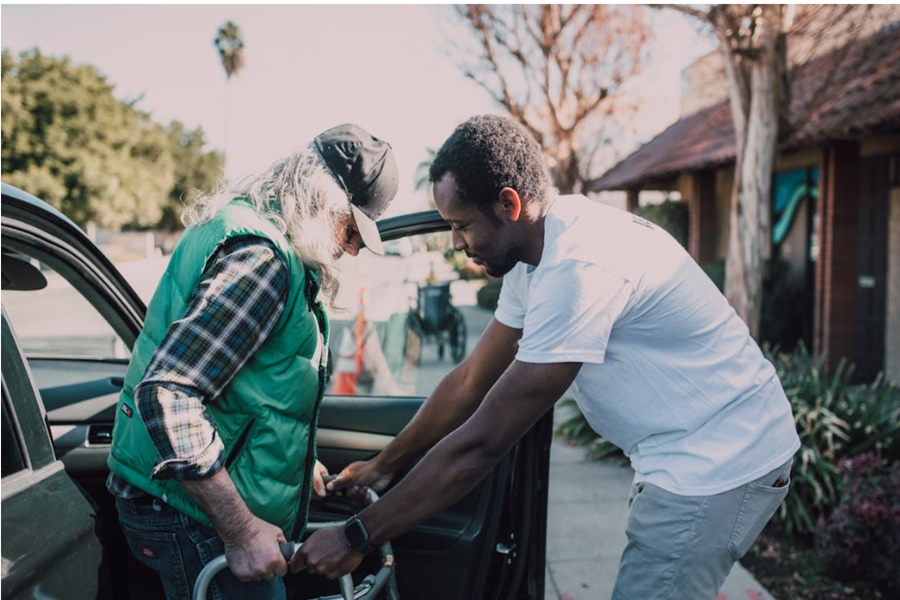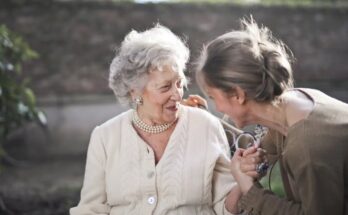In this article, we are going to be looking expressly on mobility and safety in the elderly.
Mobility is essential for maintaining independence in the activities of daily living. It also plays a role in avoidance of fall.
Falls and mobility problems are caused by multiple, diverse and interacting factors.
Risk factors that call lead To Fall and Hinder Safety in the Elderly
- age related factors such as;
-
- Vision and hearing changes
- Osteoporosis
- Slowed reaction time
- Altered gait
- Postural hypotension
- Nocturia
- pathologic conditions and functional impairments
- medication effects and interactions
- environmental factors such as;
-
- Physical restraints
- Glare
- Inadequate lighting
- Lack of handrails on stairs
- Slippery floor
- Thorn rugs
- Cords
- Unfamiliar environment
- Highly polished floor.
The nursing diagnosis for a client having problems of mobility is impaired physical mobility . it is a state in which the individual experiences limitation of physical movement but is not immobile.
The nursing goal for a patient with the above diagnosis is to restore the person’s functional ability, to prevent further loss of function and to prevent further consequences.
Read Also: Diseases That Affects The Elderly
How To Prevent Fall In Hospitals
1. identification of elderly at risk of falling by;
- Identify any risk for falling and fall related injuries
- Address any risk factor for fall
- Reassess the risk for fall at predetermined times.
2. education of staff, patient and family on fall by;
- Instructing the patient and family about fall prevention programmes and how to obtain help if fall occur.
- Use posters and fliers to heighten staff awareness of the fall prevention programmes.
3. nursing intervention for all high risk fall patients;
- Keep the call bed within reach at all times
- Offer assistance with activities of daily living and try to anticipate the person’s needs before help is needed
- Encourage the person to call for help when needed
- Make sure the bed is in its lowest position possible and the wheels are lucked
- Carefully and frequently assess the environment for factors that increases the risk for either falls or fall related injuries,
- Consider the use of a movement detection device
- Carefully evaluate the potential consequences of physical restraints including bed rails
- If restraints are used, reevaluate their use every shift
- If appropriate orientation of person, place and time every shift and as needed.
- Document fall prevention interventions on the person’s chart
We hope this information was helpful. Feel free to ask your questions in the comment section below.




